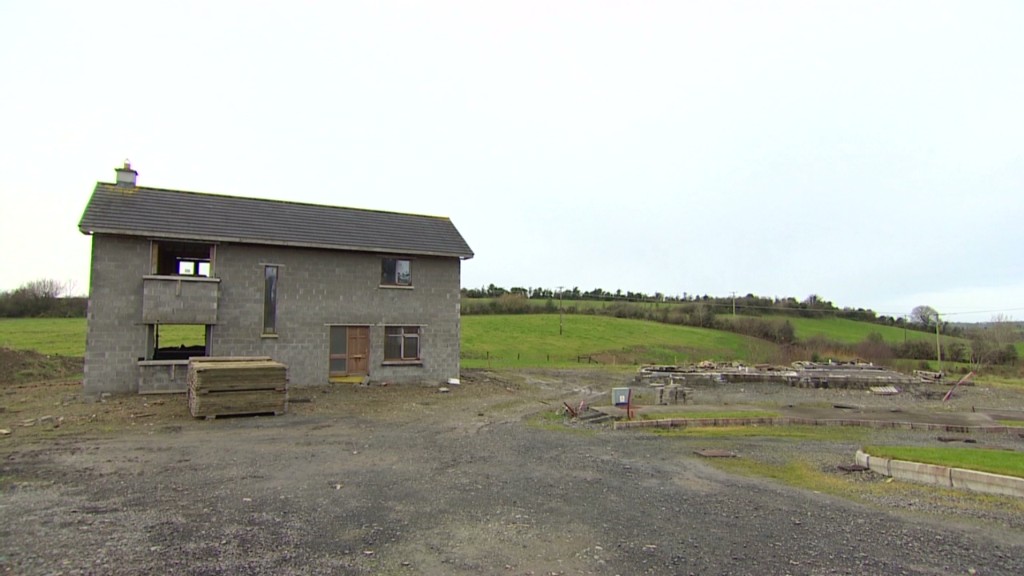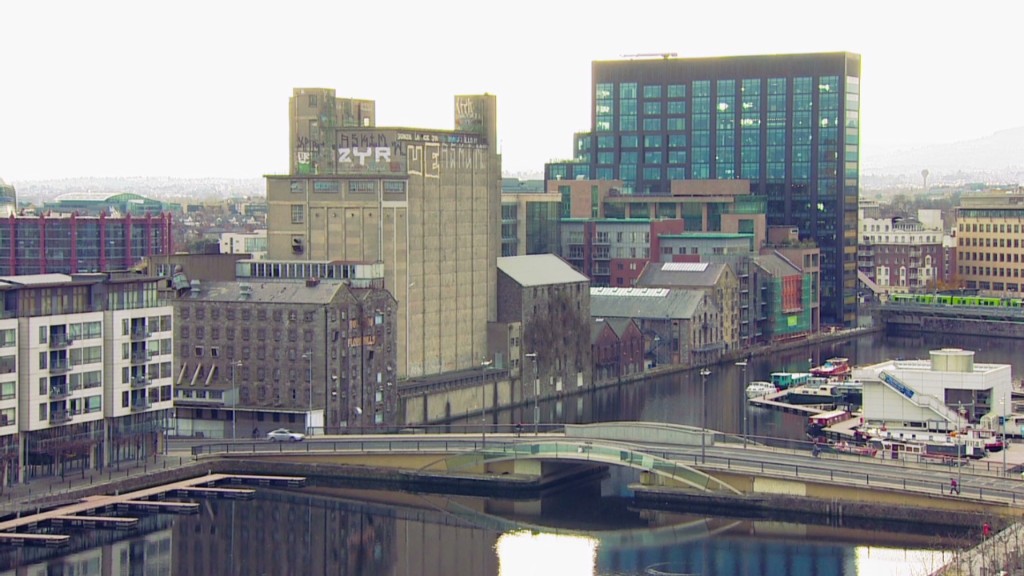
Ireland's rescue by the European Union and International Monetary Fund has come to an end. But the country will bear the scars of austerity for years to come.
Three years after it was forced to seek emergency financial support of 85 billion euros, Ireland has become the first eurozone country to exit a bailout program, providing a rare piece of good news for European policymakers.
For Ireland's 4.6 million people, very little will change, at least for the next few years.
In return for the emergency loans, Ireland committed to save about 16.4 billion euros by the end of 2014 through spending cuts, reduced public sector employment, a lower minimum wage and higher taxes.
Finance Minister Michael Noonan made clear Friday that the government isn't about to relax the tough budget discipline demanded by its lenders.
"We must continue with the same types of policy because the deficit is too high," he said at a news conference in Dublin to mark the end of the 3-year bailout. "The debt is too high and we need a strategy to make it more sustainable than it is now."
Completing the program means Ireland is no longer reliant on the EU and IMF for funding, but it will be paying back the emergency loans until well into the 2030s.
Related: Europe's golden visas lure rich Chinese
Ireland's debt pile is among the highest in the EU, at about 125% of GDP, and despite the years of painful austerity, its budget deficit is forecast at 4.8% of GDP. It has committed to bring that down to 3% by 2015, and to achieve a balanced budget five years later.
Without the bailout, Ireland's finances would have collapsed in 2010. That's when a real estate crash forced the government to rescue the country's banks, sending its deficit soaring and the cost of new borrowing to punitive levels.
Unemployment, which had doubled since 2008, has started to come down. But, at 12.6%, it remains above the eurozone average. And the economy is about 10% smaller than it was before the global financial crisis.
Tens of thousands of Irish nationals have left the country in search of work since 2010, when net migration turned negative for the first time in 15 years.
Related: French woes hurt Europe's tepid recovery

Domestic demand remains very subdued, making the country even more reliant on a revival in export markets to drive growth higher and debt down. About 20% of Irish exports go to the U.K. and 40% to the rest of Europe, where the economic recovery has barely begun.
"If your customers aren't buying, you can't sell," said Noonan. "It's very important to us that the European economy strengthens."
Still, investors appear to share the Irish government's confidence that it will continue to make steady progress on the path back to economic health.
Borrowing costs have fallen dramatically since the height of the crisis and currently stand below 3.5% for its 10-year bond. The country has 20 billion euros in cash reserves that should cover its funding needs until early 2015.


